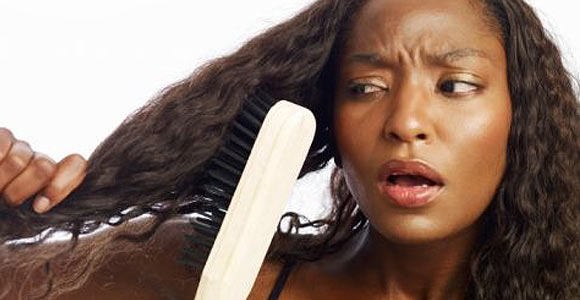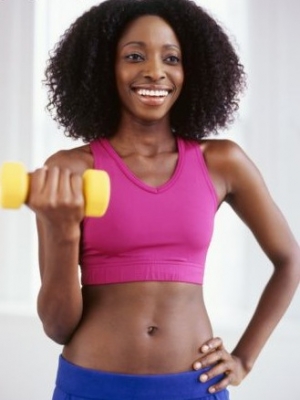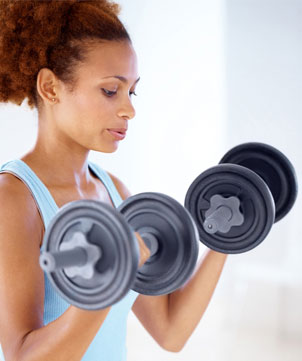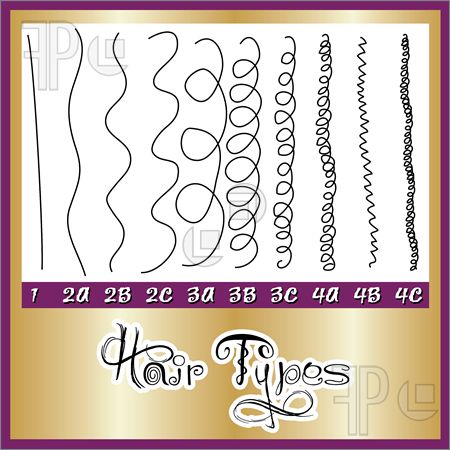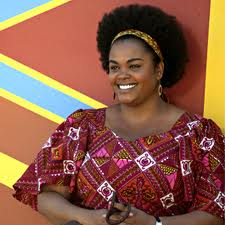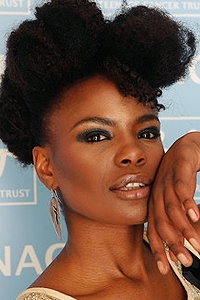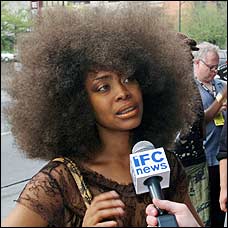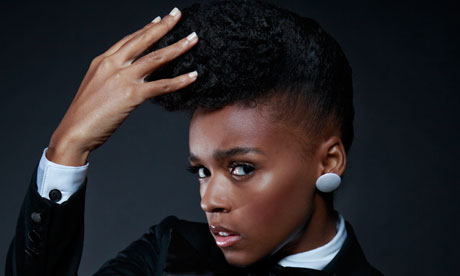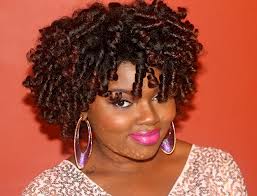Since the Madam CJ Walker’s straightening tools were invented, working out has conflicted with hair styling and maintenance, for many in the black community. People would straighten their kinks and curls, but any slight moisture on the scalp would cause their precious straight hair to revert back. The time and pain experienced during this process, meant that reverting back so quickly was not an option. Parents would warn their little girls to look after their hair, to preserve the style for as long as possible. Even playing outside and running around could pose a threat to the hair. In an 1982 article by Ebony Magazine, reader Pam Proctor recounts the many missed opportunities to swim or participate in sports because her hair would ‘go back’. Then came the years of relaxers, which, are still going on til this day. Some subscribed to this notion of ‘sweating out the perm’. This may be why stereotypes have formed about black women in particular, not participating in swimming. Not wanting to get their hair or weave wet, has typically been a reason given for avoiding it. Of course there are always exceptions to the rule, but many of these stereotypes started because of hair..
So how have attitudes changed since then? With access to the internet and the growth of the information age, people are becoming more informed about health and fitness. More of us, from all races and backgrounds are learning about prevention rather than cure. People are taking responsibility for their health and know that a lifetime of dependency on prescription drugs and medicines isn’t their only option. Unfortunately, certain diseases are attributed more towards people of African descent (type 2 diabetes, certain cancers for instance). Most health problems are connected to poor diet and a lack of physical activity, Staying active is a huge step towards taking control of your health and breaking the cycle of disease.
Hair should be the last thing that prevents you from working out. For those who don’t want to be another stereotype or statistic; here are some tips on staying motivated to workout and not allowing your hair to get in the way.
Plan your hairstyles around your working out, not the other way around
After styling your hair in a fresh twist out or spending an uncomfortable night with your hair in flexi-rods, the last thing you want to do is go to the gym and sweat profusely. A fresh new hairstyle can instantly switch your mind off workout mode. However, you could workout Monday to Friday and do a new style for the weekend. Consider flat ironing your hair as a treat rather than a necessity. Even if you regularly flat-iron, you can still wear curly and wavy styles, don’t be so hung up on achieving that bone straight look all the time. You could even plan your styles around certain workouts that aren’t as strenuous. If it’s cardio day tomorrow, keep the hair in a bun, but if it’s weights day, your hair should not get too frizzy. If you have a special occasion coming up, you could prep your hair after your workout, and it will be ready for the event the next day.
Find your workout hair style
This depends on how you are styling your hair for the week. A protective style is probably the easiest style to manage when working out. Two strand twists, pinned up or put into a ponytail, work well. I prefer to put my hair in a puff, as it is the most convenient style for me. If I want to preserve a twist out or curly style, I work out with my hair in a loose pineapple. Go for a style that keeps the ends of your hair away from your neck and off your forehead, so they remain dry. If your ends remain dry, your twist-out will still be somewhat evident, even if the roots become a little damp or frizzy. I also find wash and gos hold up well when working out. To maintain a wash and go, I put my hair in low pigtails. Then I take them down when I am finished, give the hair a little shake, and I am ready to go.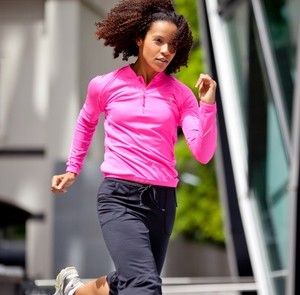
Keep your hair up for as long as possible, after a workout
Unless you are taking your hair down to wash, perhaps leave it in a puff or pineapple. This will prevent your ends from becoming frizzy while your scalp dries. It will also keep the hair taut at the roots so your hair is more stretched when it is taken down.
Avoid working out with your scarf or bonnet on
Sweating helps to regulate your body temperature by removing excess heat. We usually lose a lot of heat from our head. A scarf may cause you to retain more heat during a workout, as the heat is restricted from escaping. It is important that your scalp remains breathable, so the body does not become overheated. This can end up having a negative impact on your workout overall. If you want to keep your hair sleek, spray your hair with a mist of water after your workout, and then put the scarf on to sleek the hair and edges down. After 15 minutes or so, the hair will appear sleeker once the scarf is removed. From my experience wearing a scarf while working out never really prevented my hair from becoming frizzy anyway.
Practice co-washing more frequently
If you are working out during the week you will want to wash your hair more frequently. Many would want to avoid exposing their hair to frequent shampooing because of the drying effect this can have. Frequent co-washing is considered kinder to the hair and even moisturizing. Wash and gos may also work well for this reason. Check out the post: Stretching and styling your hair after washing for convenient styling ideas.
Focus on the benefits of working out
Frizzy hair is not as serious as obesity, heart disease, diabetes, stress or depression. Just a few health issues exercise has been proven to prevent or treat. The hair challenges that exercise may present, are minor in relation to the benefits. Such benefits will not be seen unless you workout consistently and make it a lifestyle rather than just a New Year fad. People who exercise also have a longer life expectancy and generally are better off physically and mentally. Besides, when you take care of your body, your hair and skin will thank you for it!
We have all been guilty of it at some point. How do you manage your hair when working out? Share your tips below.
